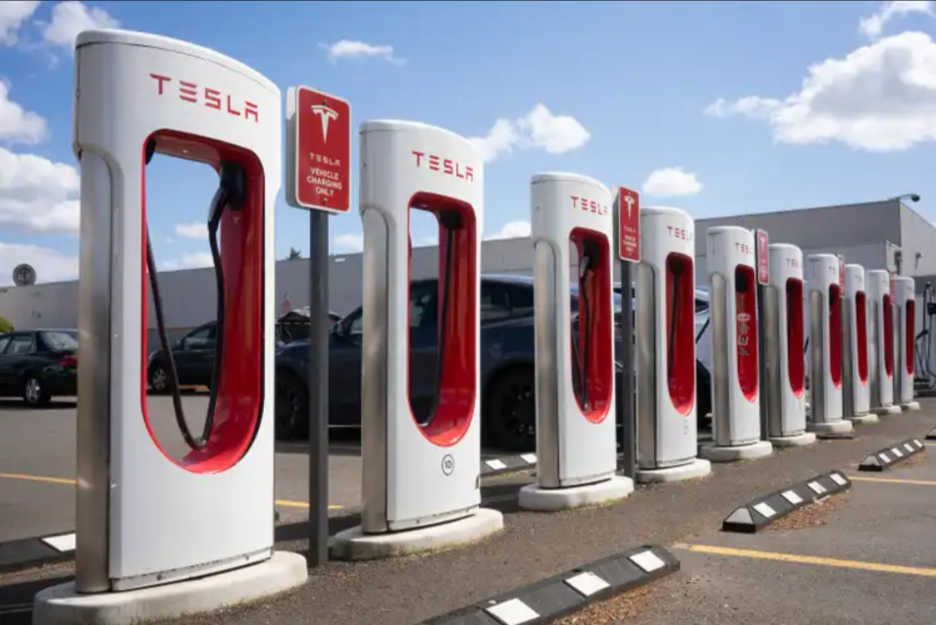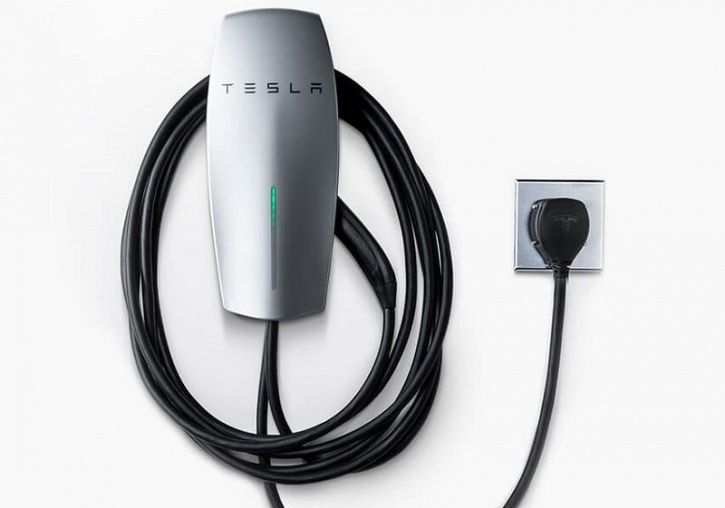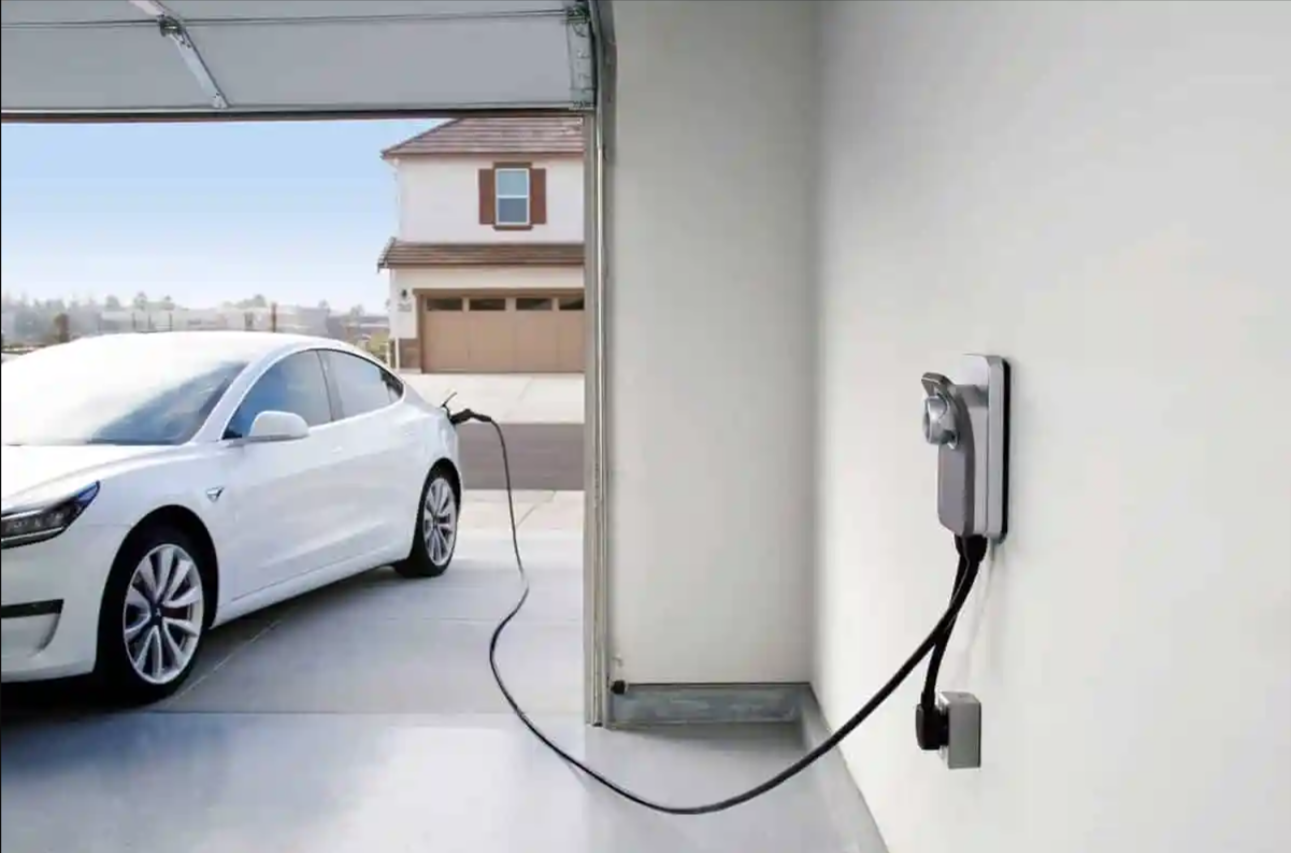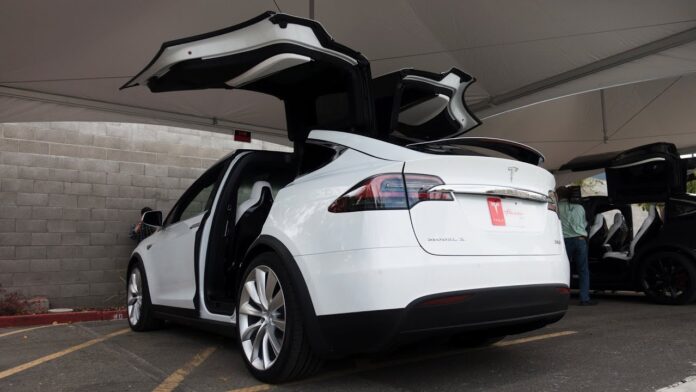Tesla electric vehicles (EVs) have become increasingly popular in recent years as more and more people become aware of the benefits of driving an EV. Tesla’s vehicles are known for their high-performance electric motors and advanced features such as autopilot, allowing the vehicle to drive on certain roads under certain conditions.
Tesla offers a range of electric vehicles, including sedans, SUVs, and pickup trucks. Their vehicles are equipped with large lithium-ion battery packs that store electricity, which is used to power the electric motors that propel the vehicle.
Understanding the different types of charging equipment and how they work can be helpful for Tesla owners, as it can affect the speed and convenience of charging their vehicles.
Tesla charging equipment:
- Tesla Supercharger: Tesla’s Supercharger network is a network of high-speed EV chargers that are designed to quickly charge Tesla vehicles on the go. The charging rate at a Supercharger station varies depending on the specific station and the Tesla model being charged, but in general, Tesla Superchargers can charge at rates of up to 250 kW. This means that a Tesla with a large battery pack (such as a Tesla Model S or Model X) can add up to 300 miles of range in about an hour of charging at a Supercharger station. However, as the battery gets closer to being fully charged, the charging rate slows down to prevent overcharging.

2. Tesla Wall Charger: Tesla’s Wall Charger is a home EV charging station that can be installed in your garage or outside your home. The charging rate at a Wall Charger varies depending on the specific Wall Charger and the specific Tesla model being charged, but in general, Tesla Wall Chargers can charge at rates of up to 44 kW. A Tesla with a large battery pack can add about 50 miles of range in about an hour of charging at a Wall Charger. However, as the battery gets closer to being fully charged, the charging rate slows down to prevent overcharging.

3. Standard household outlet: If you don’t have access to a Tesla Supercharger or Wall Charger, you can also charge your Tesla using a standard household outlet. However, this will take significantly longer than using a Supercharger or Wall Charger. The charging rate at a standard household outlet is typically much lower than at a Supercharger or Wall Charger and can range from as low as 3.7 kW to as high as 19.2 kW, depending on the specific outlet and the specific Tesla model being charged. This means that it can take anywhere from 20-50 hours to charge a Tesla using a standard household outlet, depending on the size of the battery pack and the power output of the outlet.

Keep in mind that these are general estimates and actual charging times may vary depending on the specific Tesla model and charging equipment being used. It’s always a good idea to consult the owner’s manual or the Tesla website for more accurate charging time estimates for your specific vehicle.
Step-by-step guide on how to charge a Tesla:
To charge a Tesla electric vehicle (EV), you will need access to a charging station or an electric outlet. The charging time for a Tesla depends on several factors, including the type of charger you are using, the type of Tesla you have, and the level of charge on your vehicle’s battery.
- Locate a charging station or an electric outlet. Tesla offers a network of Superchargers and Destination Chargers that are specifically designed for its EVs. You can find a list of charging stations on the Tesla website or using the Tesla app.
- Plug in your Tesla. Connect the charging cable to your vehicle’s charging port and to the charging station or outlet.
- Activate the charging process. Depending on your Tesla model, you may need to activate the charging process through the touchscreen display or the Tesla app.
- Monitor the charging progress. The touchscreen display or the Tesla app will show you the current charging rate and the estimated time remaining until the battery is fully charged.
- Disconnect the charging cable when charging is complete. Unplug the charging cable from both the vehicle and the charging station or outlet.
How long does it take to charge a Tesla?
The time it takes to charge a Tesla electric vehicle (EV) depends on a few factors, including the size of the battery pack and the type of charging equipment being used. Here are some general estimates based on the three most common types of Tesla charging equipment:
- Charging time can vary based on the type of charger you are using. Superchargers can charge a Tesla battery from 0% to 80% in about 30 minutes, while a home charger or a Destination Charger will take longer.
- You can use the Tesla app to start or stop charging or to set a schedule for charging your vehicle.
- If you use a home charger or a Destination Charger, you may need to purchase an adapter to use a non-Tesla charging station.
- It is recommended to charge your Tesla battery to at least 90% before unplugging it from a Supercharger to reduce stress on the battery and maximize its lifespan.
